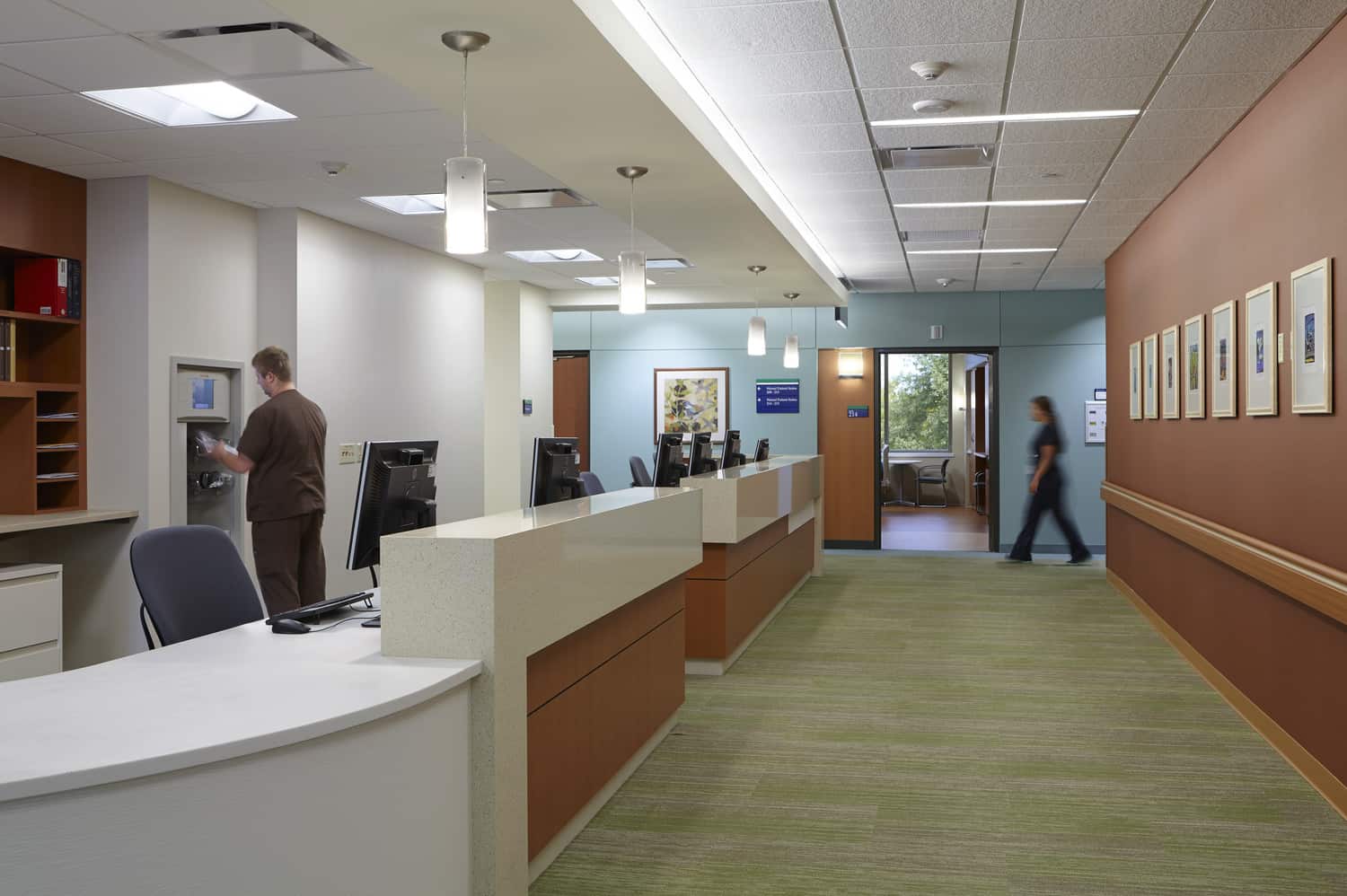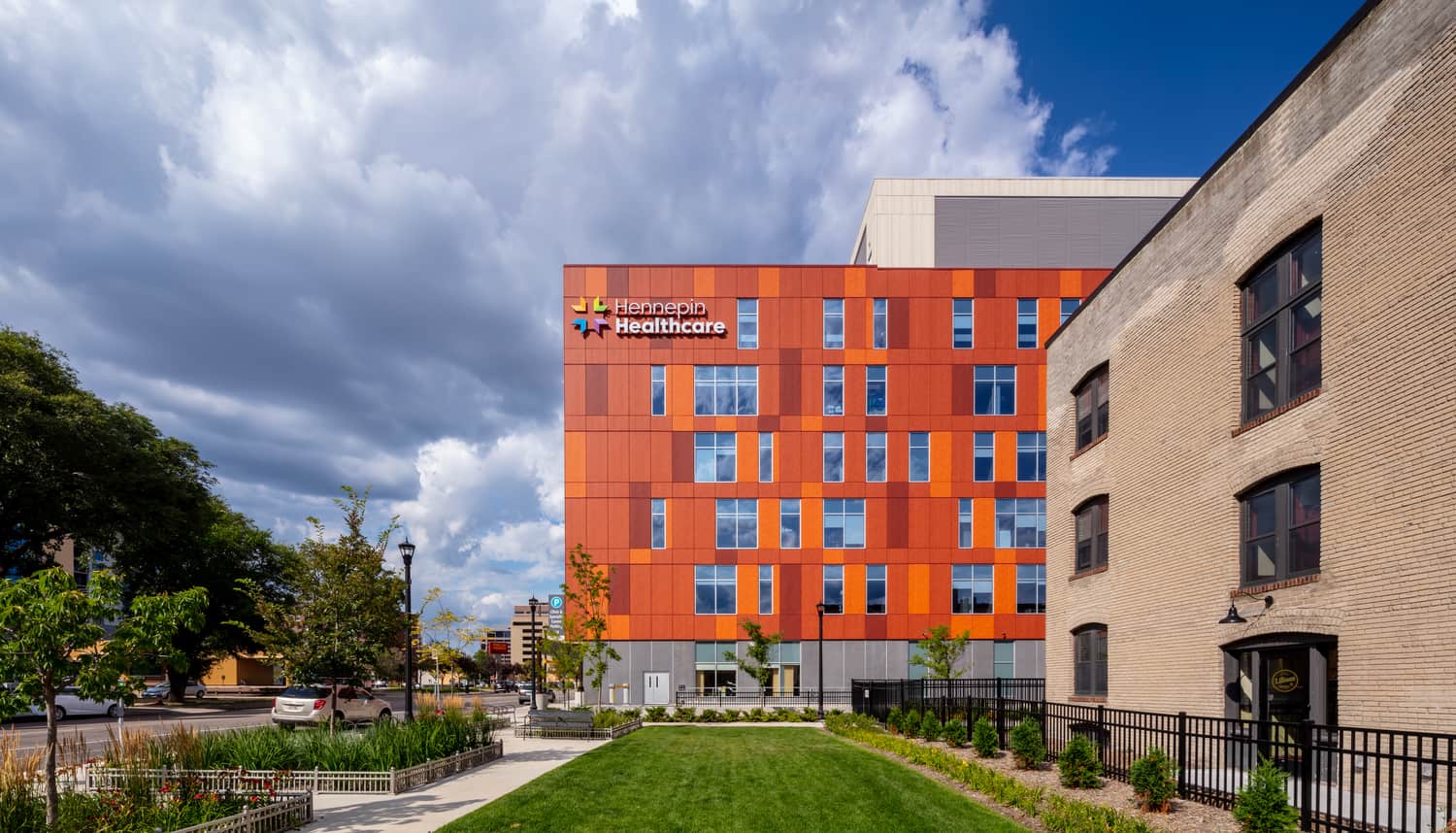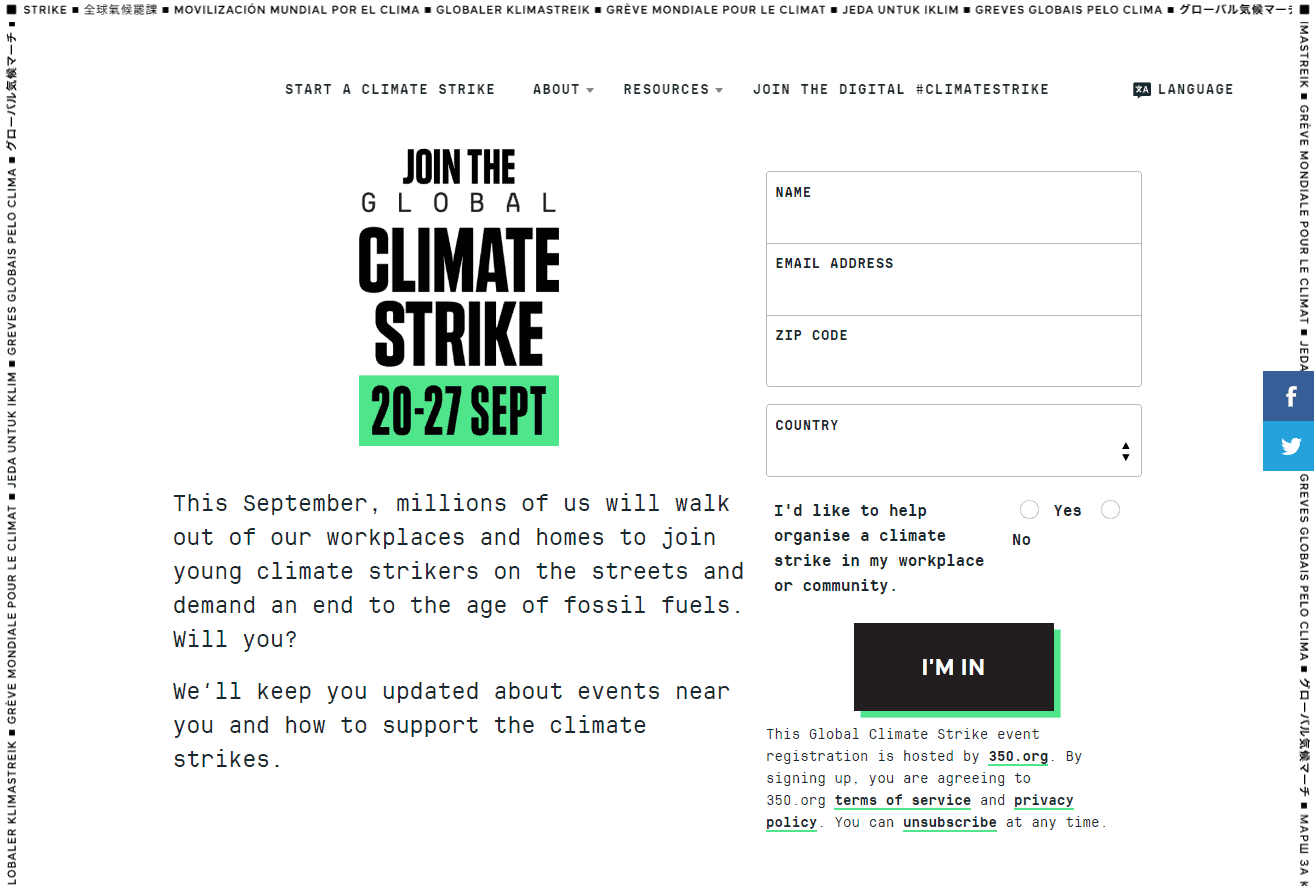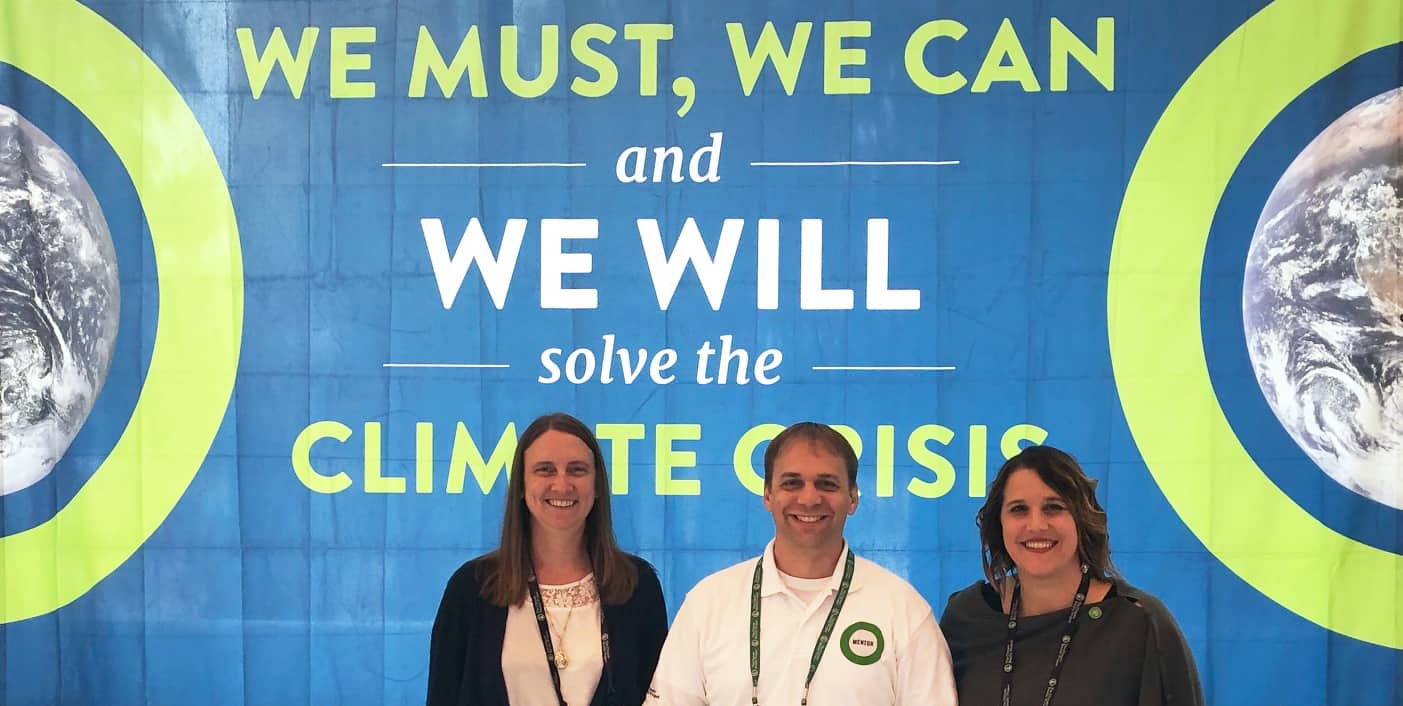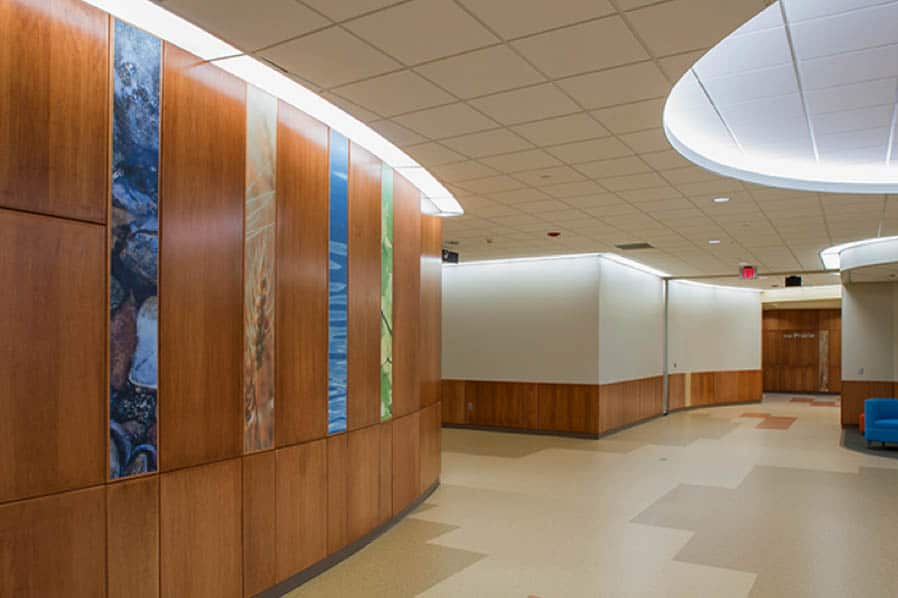In May, two large health systems covering large swaths of rural Wisconsin announced talks for a proposed merger. Far from unique, the announcement fell in line with similar announcements across the nation of organizations and systems exploring options to make care more viable for the residents they serve.
One month later, Jamestown Regional Medical Center in rural Tennessee was shuttered one year after its purchase by a Florida group. The hospital’s closure came after the Center for Medicare and Medicaid Services revoked its billing privileges for, among other items, a backlog of unpaid bills. Far from unique, the closure comes at a time when more than 670 critical access hospitals are in financial distress, according to the National Rural Health Association.
(Jamestown Regional Medical Center recently was recommended for CMS reinstatement.)
To say that the forces buffeting hospitals and healthcare organizations are reshaping the industry is an understatement. Changing demographics and an aging populace, especially in small and rural communities; lack of available providers and specialists; outdated facilities unable to accommodate new care models and technological advances; and payment models moving away from fee for services to quality outcomes all create a storm of challenges forcing tough decisions on care providers.
From name changes to broaden an organization’s geographic reach to mergers, acquisitions, and paring services, health practices large and small are rethinking how they define themselves. The decisions have far-reaching effects, especially in smaller communities where the hospital is intrinsically tied to the identity of the community.
The forces driving organizational changes have put many healthcare practices on the defense to ensure future vitality.
Defensive strategies may not be as foreign to healthcare organizations as thought. Such approaches as provider service agreements, co-management agreements, outsourcing and various outreach programs have been in place for years, strategies that help broaden service options for patients without necessitating higher recruitment costs or operational expenses. Additionally, organizations hoping to improve their financial standing through greater buying power have pursued mergers and acquisitions hoping to leverage the strength of a larger entity.
The struggle most are facing today is how to strategize such tactics while maintaining identity or protecting market presence. What this looks like varies greatly, from rural health organizations who want to maintain their independence while offering their residents as much as possible and be financially stable to large urban systems who compete with themselves for populations while trying to ensure economies of scale with resources. In either situation, the objective is the same: to survive and thrive.
This Maslow need to survive opens up nontraditional approaches other than ones designed to preserve and protect through their own means. A term which may be rather new in healthcare is “coopetition.” As opposing as the two words are that form it, the net gain in cooperation with those who might be thought as competition can be exponentially better for both.
Again, this has been seen through various approaches to systemize healthcare organizations, establish provider service agreements, or create co-management agreements. While not truly defined in absolute terms, the idea of coopetition is to open struggling organizations to strategies that help strike the balance between patient interests, community identity, and financial viability.
How organizations align strategies to survive in the marketplace requires rethinking and reshaping the where, when, and by whom services will be offered. More than seeking the best solution, organizations need to start by asking the right questions. From the answers will rise that appropriate strategy, whether it’s becoming part of a system, creating different venture relationships, specializing in services at which to excel, or making the harder decisions to stop doing some things and cooperate with competition.
The fact is there is no ultimate saving strategy. As recent studies have found, even the idea of leveraging the buying power of a large health system can fall short of expectations for costs control and enhancements. However, if we can see the disruptive forces in healthcare as opportunities to seize, the strategies can become less defensive and more assertive.
Throughout the United States, there are 2,300 hospitals located in rural areas, the best of which operate at only 2 percent margins and most operating at less than 1 percent or in the red. Change is going to occur. It’s imperative that however we respond to change, we avoid making communities unique in lacking access to care.
On Oct. 10, BWBR is hosting a symposium on The Future of Health Systems with Stuart Clark, managing director of the Advisory Board Company, an independent subsidiary of Optum. The live event in our Saint Paul office is free to attend and will be simulcast to attendees in our Madison and Omaha offices.


